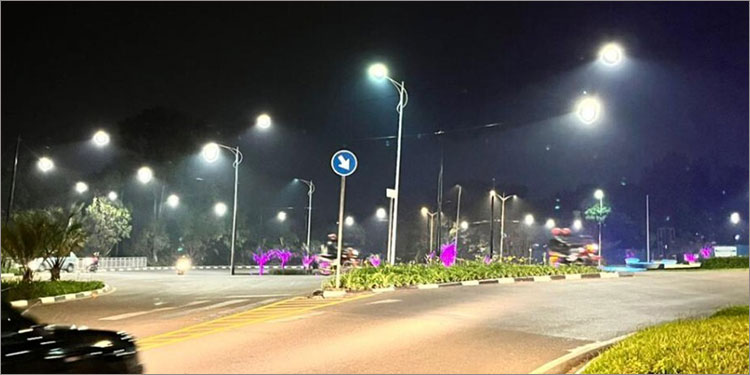 Africa’s energy challenges are increasingly being met with innovative lighting solutions, particularly through solar and LED technologies. These advancements are critical in addressing limited energy resources and ambitious sustainability goals, providing reliable and eco-friendly options for the continent’s development.
Africa’s energy challenges are increasingly being met with innovative lighting solutions, particularly through solar and LED technologies. These advancements are critical in addressing limited energy resources and ambitious sustainability goals, providing reliable and eco-friendly options for the continent’s development.
Solar and LED lighting systems help alleviate energy shortages while reducing costs. Solar power, accessible even in remote areas, has the potential to provide electricity to 380 million people by 2030 with continued investment. LED technology, meanwhile, cuts energy consumption significantly, offering up to 70% cost savings compared to traditional lighting, a crucial benefit for regions with strained budgets and inconsistent power supply.
These technologies also support Africa’s climate goals. While Africa contributes minimally to global carbon emissions, it remains highly vulnerable to climate change. Renewable energy solutions, such as solar lighting and LEDs, reduce fossil fuel dependency and greenhouse gas emissions, aligning with the African Union Agenda 2063’s net-zero objectives.
Resilience is vital for outdoor lighting in Africa’s diverse climates. Durable LEDs with heat resistance up to 80°C and advanced waterproof ratings like IP65 ensure functionality in extreme conditions. Long-life designs exceeding 60,000 hours reduce maintenance needs, a critical advantage for areas with limited resources.
Smart technology and IoT further enhance lighting efficiency. In cities like Cape Town, smart systems save energy while improving urban planning through data insights. Remote monitoring is equally essential for maintaining lighting systems across vast regions, offering reliability and cost savings.
Driven by solar adoption and multinational investments, Africa’s lighting market continues to evolve, advancing energy access and sustainable development.
